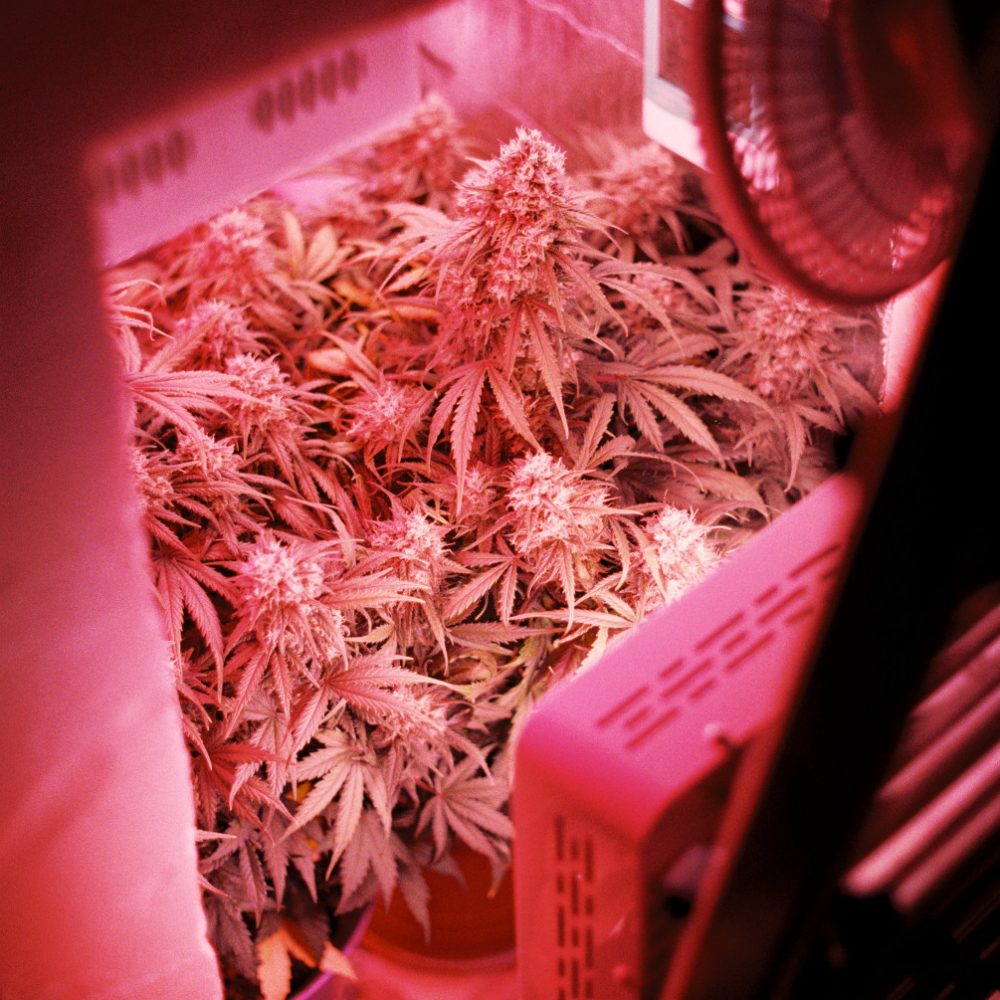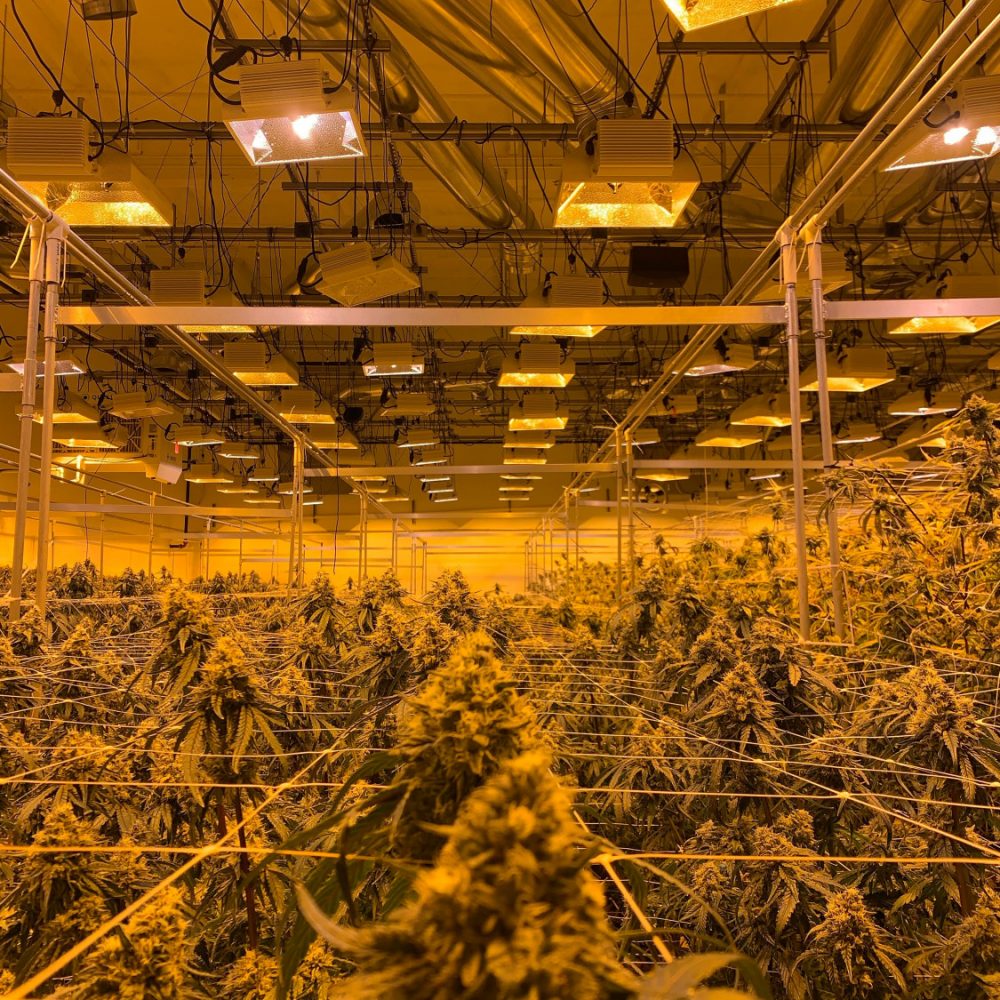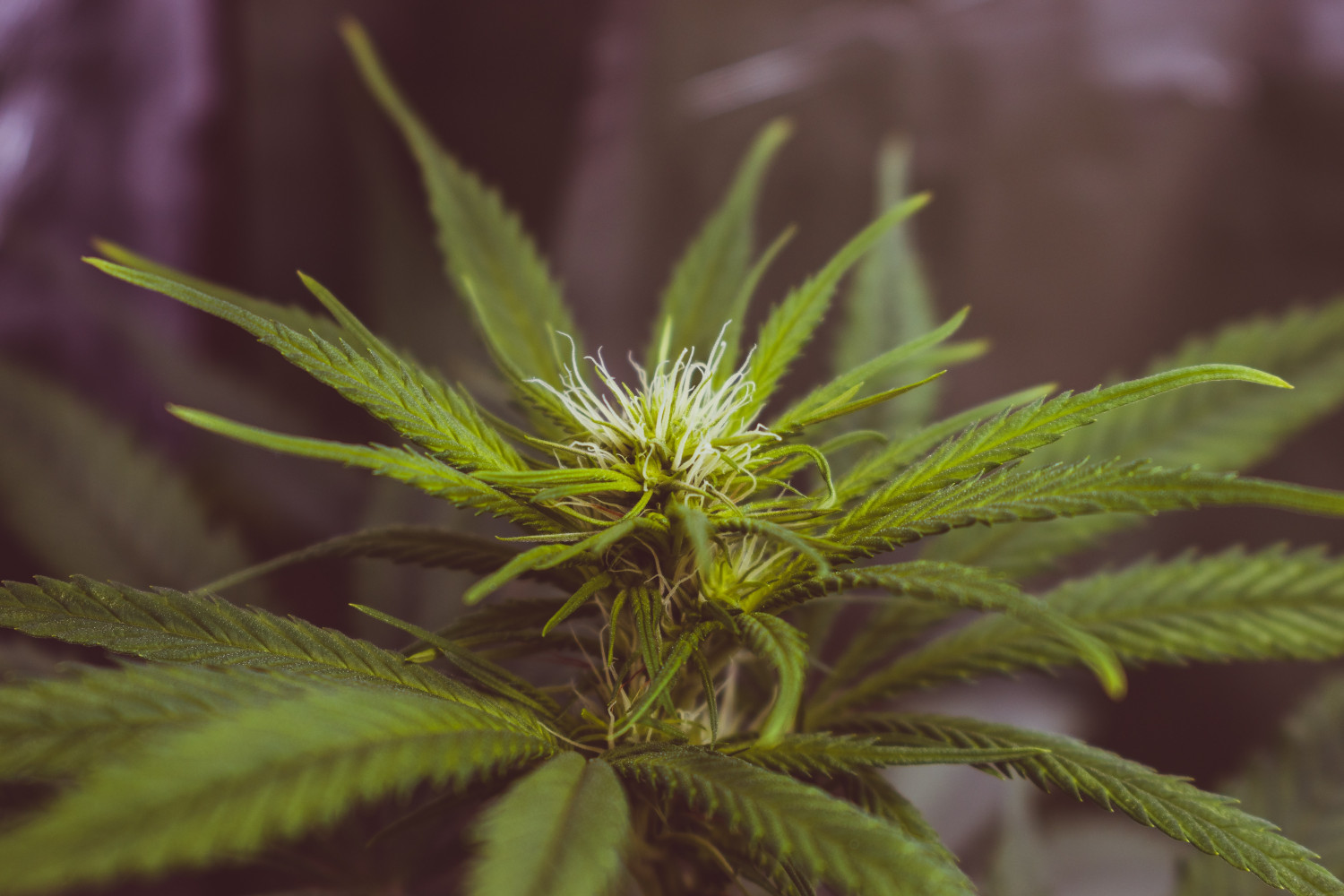Cannabis cultivation has witnessed significant transformations, and one of the most debated topics within the community is the choice between indoor and outdoor (sun grown) cultivation. While sun grown cannabis has its advantages, we will focus on the compelling reasons why indoor grown cannabis is often considered superior in terms of quality, consistency, and overall appeal.
The Pros of Indoor Grown Cannabis

Control Over the Environment: Precision in Every Aspect
One of the most significant advantages of indoor cannabis cultivation is the meticulous control it offers over the growing environment. This control extends to crucial factors that can significantly impact the quality and consistency of the end product:
Lighting: Indoor growers can harness advanced lighting systems, such as High-Intensity Discharge (HID) lights, Light Emitting Diodes (LEDs), or Compact Fluorescent Lights (CFLs), to create tailored light cycles. This precision promotes healthier plant growth, optimal flowering, and enhanced cannabinoid and terpene production.
Climate Control: Maintaining stable temperature and humidity levels is crucial for cannabis plants. Indoor growers can employ advanced HVAC systems to create the perfect microclimate, ensuring optimal plant health and resin production.
Pest and Disease Management: Indoor cultivation minimizes the risk of pests and diseases, offering a sterile environment where growers can avoid the need for chemical pesticides. The result is cleaner, safer cannabis.
Clean Air Supply: Indoor growers can filter and purify the air entering the grow room, preventing contamination by external pollutants. This results in a cleaner and safer end product.
Year-Round Cultivation: A Steady Supply of Premium Cannabis
Indoor cultivation enables year-round production of premium cannabis, which offers several advantages:
Consistent Supply: Indoor growers can control lighting cycles, ensuring a steady supply of cannabis regardless of the season. This is particularly valuable for medical patients who rely on a consistent source of medicine.
Predictable Harvests: With indoor cultivation, growers can accurately predict harvest times and yields, making it easier to meet consumer demand and minimize fluctuations in pricing.
Strain Variability: Year-round cultivation allows for a diverse range of strains to be produced, leading to more variety and choice for consumers.
Enhanced Quality and Potency: Precise Nutrient Management
Nutrient Control: Indoor growers have complete control over the nutrient levels their plants receive. This allows for precise nutrient management, resulting in healthy plants that produce potent and flavorful buds.
Customized Feeding: Growers can adjust nutrient levels, pH, and other variables to cater to the unique needs of different cannabis strains. This customization ensures that each strain reaches its full potential in terms of flavor and potency.
Indoor strains’ potency: In a controlled environment, strains are often bred and cultivated for specific characteristics, including higher THC or CBD levels, resulting in more potent and therapeutic products.
Improved Terpene Profile: Indoor cultivation can encourage the development of a strain’s full terpene profile due to the controlled environment and nutrient management. Terpenes play a significant role in the aroma and flavor of the cannabis.

Cannabis Security and Discreetness: Protecting Privacy and Quality
Security Measures: Indoor cultivation provides better security options, minimizing the risk of theft or unwanted attention. This is especially important in areas with legal limitations on cannabis cultivation.
Discreetness: Indoor cultivation can be easily hidden from prying eyes. This discretion can be essential for individuals who want to maintain their privacy while enjoying cannabis.
Legal Compliance: In regions with strict cannabis regulations, indoor cultivation allows for better adherence to legal requirements, reducing the risk of non-compliance and legal issues.
Purity and Contaminant Control: Ensuring Clean Cannabis
Minimal Contaminants: The controlled indoor environment means that there are fewer contaminants in the final product, such as dust, pollen, or molds, leading to a cleaner and safer cannabis experience.
Avoiding Pesticides: Indoor cultivation often requires fewer or no pesticides, as the sealed environment reduces the risk of infestations. This leads to a cleaner and more natural end product.
Year-round Cultivation: A Steady Supply of Premium Cannabis
Consistent Supply: Indoor growers can control lighting cycles, ensuring a steady supply of cannabis regardless of the season. This is particularly valuable for medical patients who rely on a consistent source of medicine.
Predictable Harvests: With indoor cultivation, growers can accurately predict harvest times and yields, making it easier to meet consumer demand and minimize fluctuations in pricing.
Strain Variability: Year-round cultivation allows for a diverse range of strains to be produced, leading to more variety and choice for consumers.
Enhanced Quality and Potency: Precise Nutrient Management
Nutrient Control: Indoor growers have complete control over the nutrient levels their plants receive. This allows for precise nutrient management, resulting in healthy plants that produce potent and flavorful buds.
Customized Feeding: Growers can adjust nutrient levels, pH, and other variables to cater to the unique needs of different cannabis strains. This customization ensures that each strain reaches its full potential in terms of flavor and potency.
Indoor strains’ potency: In a controlled environment, strains are often bred and cultivated for specific characteristics, including higher THC or CBD levels, resulting in more potent and therapeutic products.
Improved Terpene Profile: Indoor cultivation can encourage the development of a strain’s full terpene profile due to the controlled environment and nutrient management. Terpenes play a significant role in the aroma and flavor of the cannabis.
Cannabis Security and Discreetness: Protecting Privacy and Quality
Security Measures: Indoor cultivation provides better security options, minimizing the risk of theft or unwanted attention. This is especially important in areas with legal limitations on cannabis cultivation.
Discreetness: Indoor cultivation can be easily hidden from prying eyes. This discretion can be essential for individuals who want to maintain their privacy while enjoying cannabis.
Legal Compliance: In regions with strict cannabis regulations, indoor cultivation allows for better adherence to legal requirements, reducing the risk of non-compliance and legal issues.
Purity and Contaminant Control: Ensuring Clean Cannabis
Minimal Contaminants: The controlled indoor environment means that there are fewer contaminants in the final product, such as dust, pollen, or molds, leading to a cleaner and safer cannabis experience.
Avoiding Pesticides: Indoor cultivation often requires fewer or no pesticides, as the sealed environment reduces the risk of infestations. This leads to a cleaner and more natural end product.
The Future of Cannabis: An Industry on the Rise
As the cannabis industry continues to evolve, so do the methods of cultivation. While sun grown cannabis has its advantages, indoor cultivation remains a top choice for consumers and growers alike. The precision, quality, and consistency it offers, combined with the ability to produce year-round, make indoor cultivation an attractive option for those seeking the highest quality cannabis products. It’s clear that indoor cultivation is here to stay, and it will play a crucial role in shaping the future of the cannabis industry.
Learn all things cannabis here.








